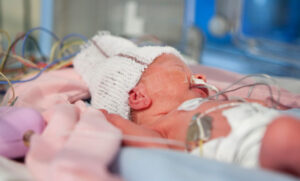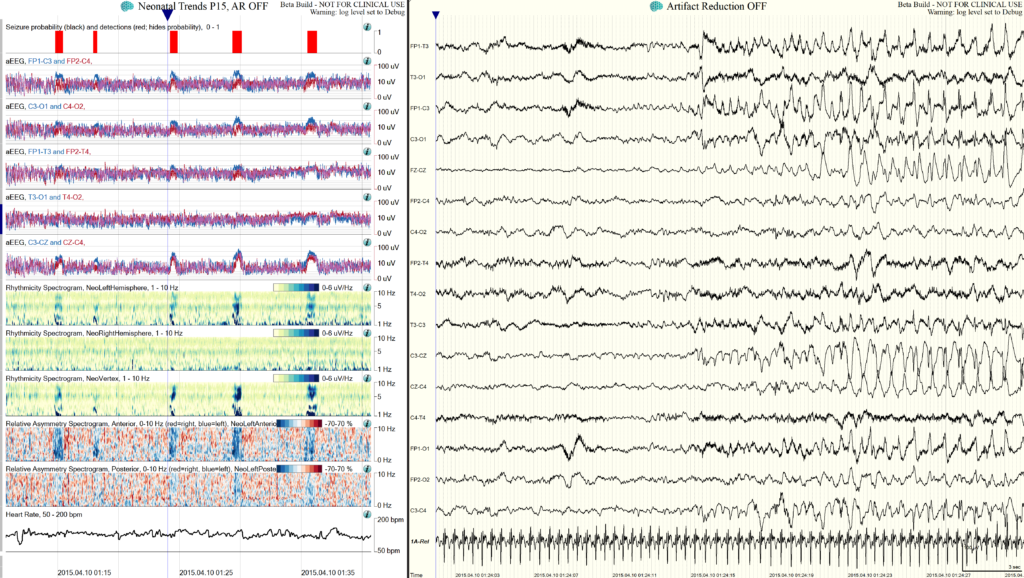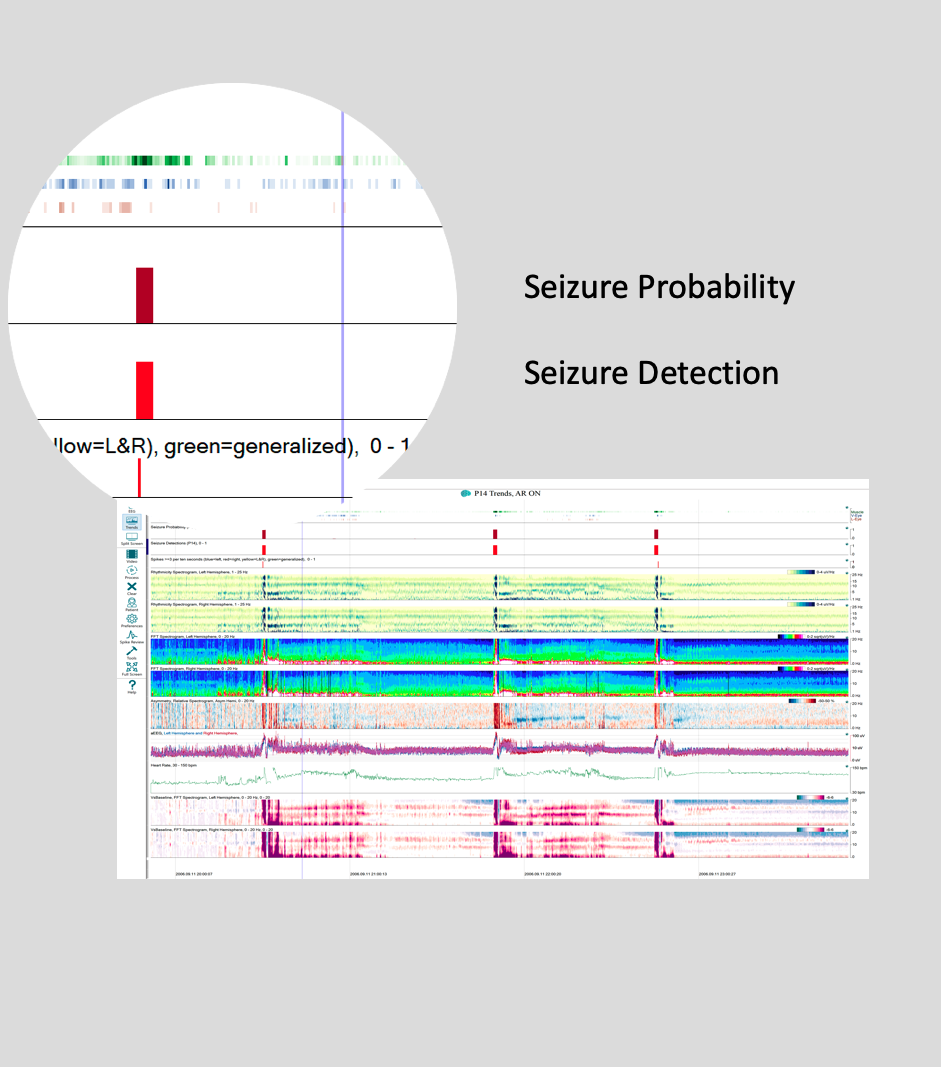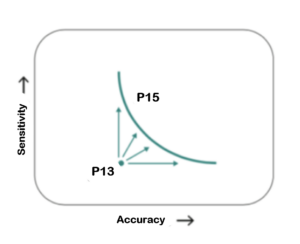 New Neonatal Seizure Detection.
New Neonatal Seizure Detection.
Seizures are the most common neurological emergency in the neonatal period.1 Due to the developmental anatomy of the neonate, many will have mostly or exclusively electrographic-only seizures that only become apparent on EEG, making EEG essential for the diagnosis and monitoring of neonatal seizures.
To enhance the utility of neonatal EEG monitoring further, Persyst 15 now includes a new Neonatal Seizure Detector, allowing clinicians to more efficiently assess and quantify seizure burden in neonates.
The Persyst 15 Neonatal Seizure Detector operates on reduced electrode arrays, from double-distance down to just three electrodes.

Using the validation data set for the neonatal seizure detector and the same methodological approach as used in our previous publications, the P15 Neonatal Seizure Detector was found to be non-inferior to a panel of three board-certified physician experts.*
Persyst continues to push the edge of what AI and deep learning can do in EEG; striving to offer useful tools for clinicians that increase both efficiency and patient outcomes. Combined with an optimized trend panel, Persyst 15 can assist in the monitoring and analysis of neonatal recordings.
*There is a general need in the field to assess the rates of interreader agreement for neonatal seizures. Some studies show interreader agreement as being fair to moderate.2,3
1 Pressler RM, Cilio MR, Mizrahi EM, Moshe SL, Nunes ML, Plouin P, Vanhatalo S, Yozawitz E, de Vries LS, Vinayan KP, Triki CC, Wilmshurst JM, Yamatomo H, Zuberi SM. The ILAE Classification of Seizures & the Epilepsies: Modification for Seizures in the Neonate. Epilepsia (2021) 00:1-14.
2 Shellhaas RA, Gallagher PR, Clancy RR. Assessment of Neonatal Electroencephalography (EEG) Background by Conventional and Two Amplitude-Integrated EEG Classification Systems. The Journal of Pediatrics (2008) 153(3):369-374.
3 Wusthoff CJ, Sullivan J, Glass HC, Shellhaas RA, Abend NS, Chang T, Tsuchida TN. Interrater agreement in the interpretation of neonatal electroencephalography in hypoxic-ischemic encephalopathy. Epilepsia (2017) 58(3):429-435.
Advanced Neural Network Technology
The Persyst Seizure Detector neural network uses a wide range of inputs from the EEG in order to determine the probability that the data in a particular segment represents an electrographic seizure. These inputs include the background activity, Artifact Reduction, Rhythmicity, Amplitude, Symmetry, and many more. It has been trained on thousands of marked seizures, and confounding activity (movement, chewing, electrode artifact etc.) in order to accurately identify the types of changes most likely to be associated with seizures.
Seizure Probability Trend
Unlike any other detector the Persyst detector includes a Seizure Probability Trend which represents the output of a second by second calculation from the neural networks. The value of this trend is the probability that any given segment of the EEG represents an electrographic seizure. This trend can be displayed in concert with the other Persyst Trends to help reviewers identify seizures that may not reach the threshold for seizure detection, or to spot other relevant changes to the EEG.

 Persyst Seizure Detection shifts the curve.
Persyst Seizure Detection shifts the curve.
The Persyst seizure detector for adult EEG data was shown in a recent publication to be statistically noninferior to the human expert readers in the study. This is the first time a seizure detection algorithm of any kind and human experts performed similarly.
Utilizing the latest deep learning artificial intelligence technology and thousands of hours of expertly marked EEG, Persyst defines the standard in seizure detection.
It’s more accurate. The Persyst Seizure Detector for adult EEG data has higher sensitivity, up to 95%. It also has a much lower false positive rate. When equivalent sensitivities are compared, the current Persyst Seizure Detector has fewer false positives than the earlier Persyst 13 generation seizure detector by an order of magnitude.
It’s faster. A lower latency means seizure notifications are raised more than a factor of two earlier than the previous Persyst 13 detector.
It’s adjustable. The user can set patient specific values for sensitivity and duration threshold that can be carried across recordings for the same patient. Meanwhile, the Seizure Probability Trend still displays all potential detections even if they fall below the patient thresholds.

